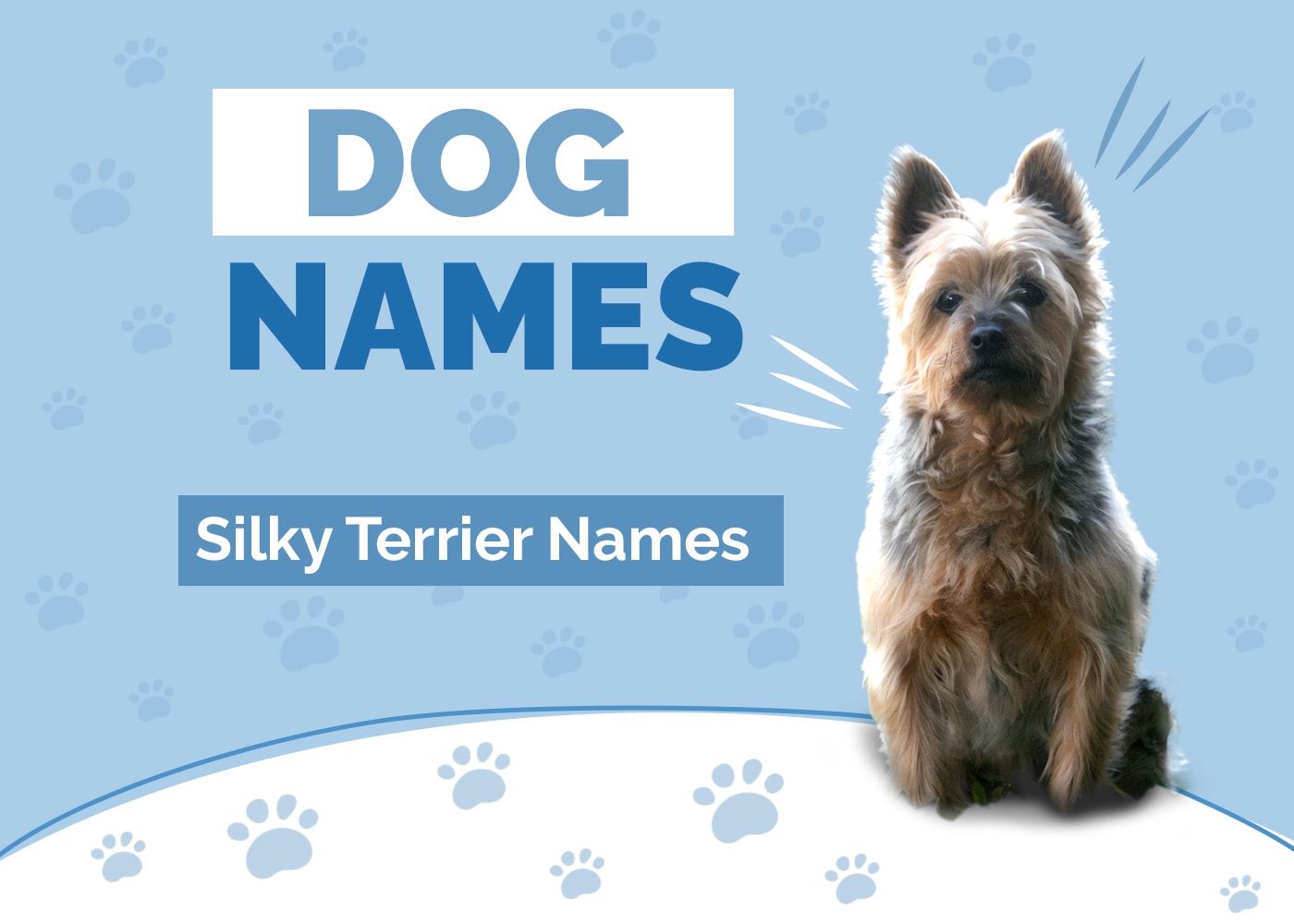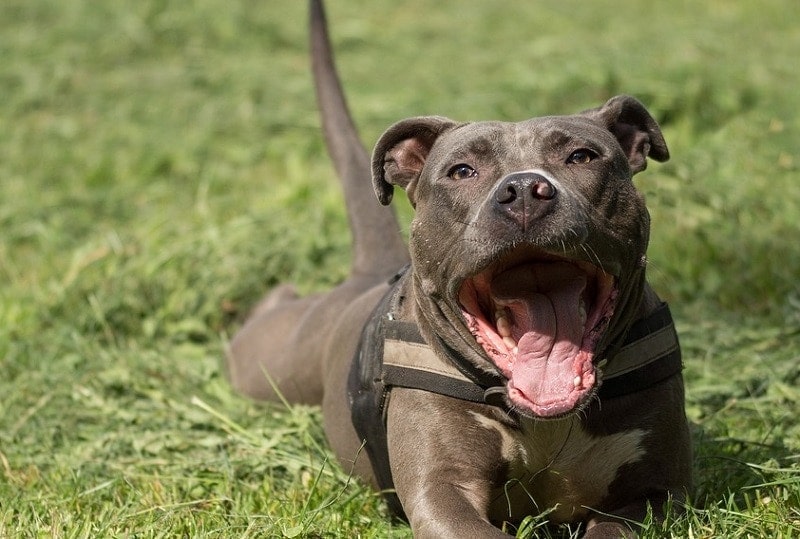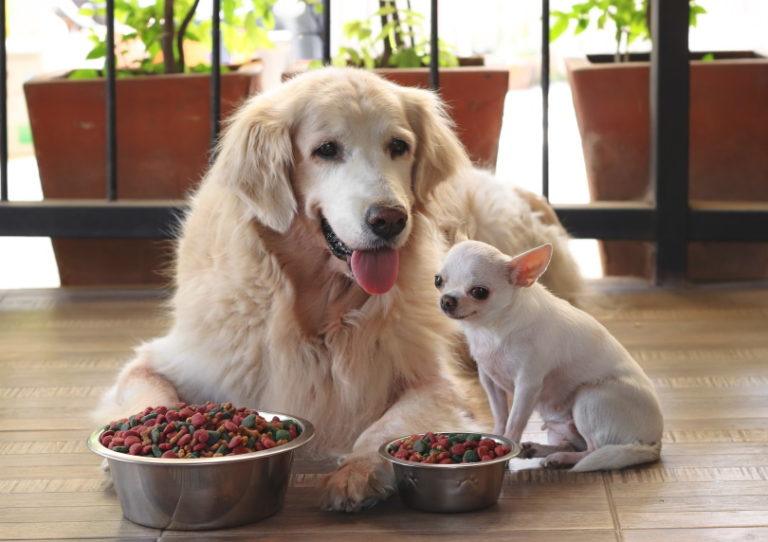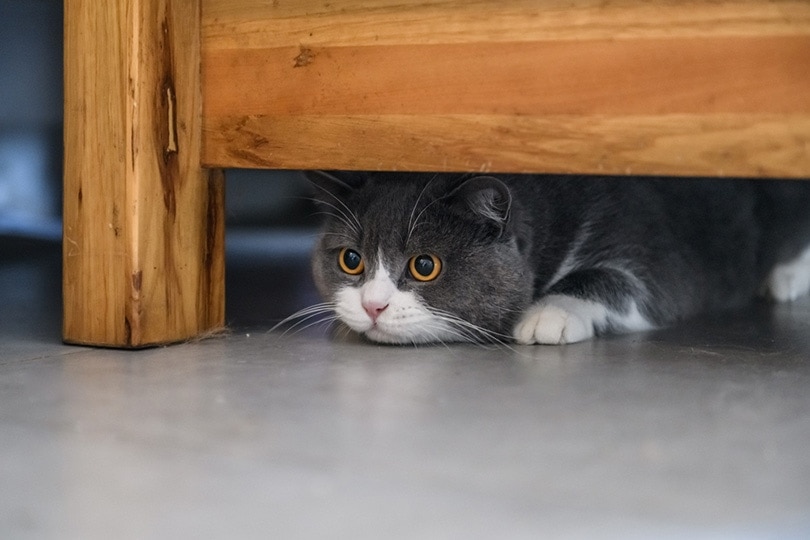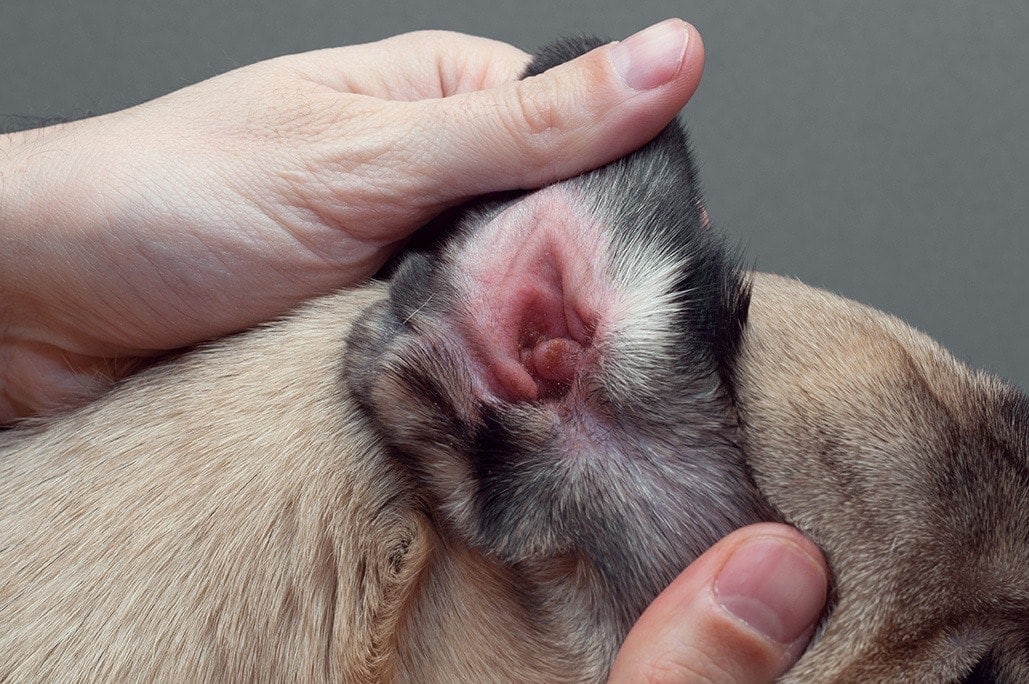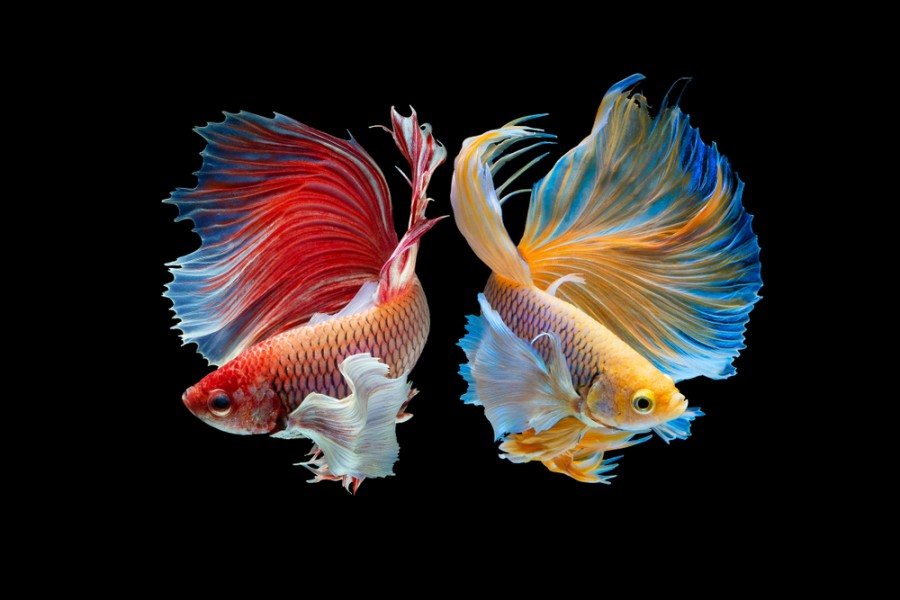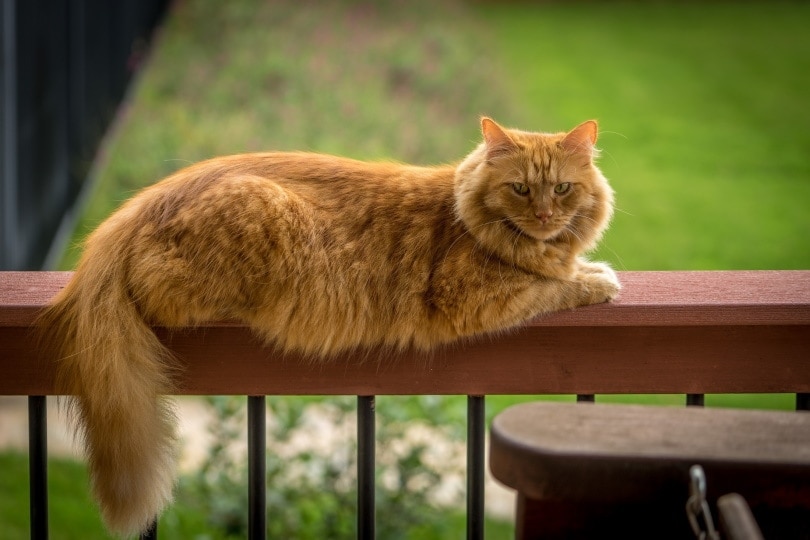Sheba Cat Food Review 2024 – Top Picks, Pros & Cons

Updated on
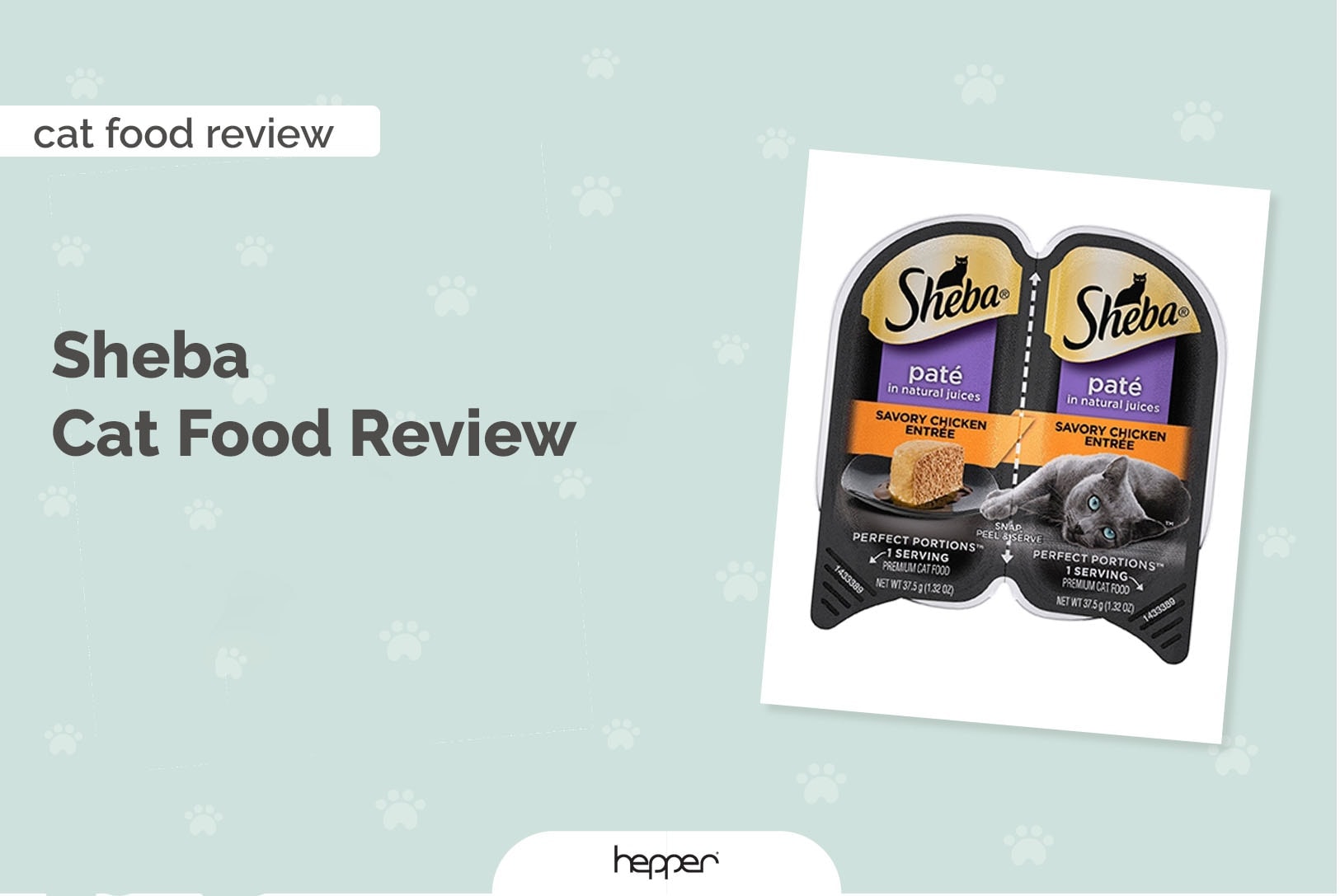
Review Summary
We give Sheba Cat Food a rating of 4.5 out of 5 stars.
Sheba Cat Food is a budget brand manufactured by Mars, Inc., a leader in pet food production. The Sheba brand is best for adult cats with no known health issues and cat owners wanting to save some money. Because Sheba is so affordable, it can help you pinch some pennies while still offering your cat a nutritious dinner. All the while, Sheba only offers wet cat food, which results in a higher protein content and more nutritious meal.
Even though there are some downsides to the ingredients used in Sheba products, you will be hard pressed to find another wet cat food brand that delivers on the same price point and quality nutrition. To learn more about Sheba Cat Food, read on. This comprehensive review looks at the brand as a whole and reviews some of its most popular products. Let’s get started.
At a Glance: The Best Sheba Cat Food Recipes:
| Rating | Image | Product | Details | |
|---|---|---|---|---|
| Our Favorite |

|
Sheba Grain-Free Roasted Chicken, Gourmet |
|
Check Price |

|
Sheba Grain-Free Savory Chicken Entree |
|
Check Price | |

|
Sheba Grain-Free Whitefish & Tuna |
|
Check Price | |

|
Sheba Grain-Free Tender Beef |
|
Check Price | |

|
Sheba Grain-Free Gourmet Salmon Cuts in Gravy |
|
Check Price |
Sheba Cat Food Reviewed
Sheba Cat Food is an impressive commercial brand created and manufactured by Mars, Inc. Even though Sheba Cat Food is not the company’s most popular brand, it does offer quite a few benefits for healthy adult cats. We are generally pleased with many of the ingredients found in the Sheba Cat Food products. All the while, the brand is highly affordable and can be found at many stores, both in person and online.
Who Makes Sheba Cat Food and Where Is It Produced?
Sheba Cat Food is created and produced by Mars, Inc. Even if you have never heard of this company, you are likely familiar with several its brands, including Royal Canin and Iams. In fact, Mars owns over 40 pet brands, which is why it is the highest earning company for pet food in the world. Many Sheba Cat Food products are manufactured in the United States, but some of the products are made in Thailand or Austria. Similarly, most Sheba cat ingredients are sourced from North America, according to brand representatives. That being said, the representative notes that not all products are sourced from North America, but they fail to specify which ingredients and where.
Which Types of Cats Is Sheba Best Suited For?
Because Sheba is not Mars’ most popular brand, it doesn’t have as many lines or products as some of the other brands. As a result, there aren’t any age-specific or health-specific products to look for. Because of this fact, Sheba is best suited for healthy adult cats. Even though Sheba does not have lines specifically for health concerns, all of the brand’s products are healthy with minimal plant protein, starches, and carbohydrates. Sheba focuses on wet cat foods that are high in moisture and protein. These are perfect ingredients for adult cats that don’t have any known illnesses.
Which Types of Cats Might Do Better With a Different Brand?
If you have a kitten, senior cat, or a cat with a known health condition, it’s best to go with a different cat food specific to your cat’s needs. For example, a kitten would be better suited with Royal Canin Feline Health Nutrition Dry Cat Food for Young Kittens since it is specifically formulated with the needs of kittens in mind. Similarly, you should get your senior cat Purina ONE Indoor Advantage Senior 7+ Dry Cat Food because it includes additives specific for seniors. If your cat has a known health condition, we recommend talking to your vet about what food is best based on your cat’s current health.
The Good, Bad, and the Ugly About Sheba Ingredients
Even though Sheba is a budget cat food brand, it is primarily made from good ingredients, though they aren’t perfect. Even people with strict expectations from their feline’s food will overall be pleased with the ingredients in this brand.
Good Nutrition Content
The first thing we love about the Sheba ingredients is that there is a balanced nutritional content. Most of all products are made up of about 50% protein, 30% fat, 8% fiber, and 8% carbs. These percentages may vary slightly from product to product, but they always fall around this structure. In comparison to many other budget cat foods, this is a phenomenally balanced diet for a cat. You always want to look for a high protein content and a low carbohydrate content. Because Sheba only offers wet cat food, all their products deliver on this need.
Most Protein Is Animal-Based
Something else that’s great about the Sheba ingredients is that the protein is almost entirely animal based. As much as you might want to deny it, your cat is a carnivore and requires animal protein for survival. Some brands try to use pea protein and other plant protein sources as a cheaper alternative, but it simply isn’t as good for your cat because it results in higher carbohydrates too. Once again, we are very happy that most of the Sheba protein is based in animal protein, not plant protein. This is something you want to look for in any cat food products you buy.
Unclear Protein Content
Although we are overall happy with this budget brand’s ingredients, there are some things we don’t like about the ingredients. For example, even though the protein is animal-based, the company is vague about where the protein comes from. By this, we mean that it’s unclear where the animals are sourced and what part of the animal is going into the food.
Unhealthy Additives
Another feature we don’t like about the Sheba ingredients is that they include many unhealthy additives. For example, the food includes byproducts, guar gum binder, added colors, and other ingredients that aren’t healthy for your cat. It’s very difficult to find commercial cat food without these ingredients, but it is a downside, nonetheless.
A Quick Look at Sheba Cat Food
- Wet cat foods only
- Good nutritional content
- Only uses animal protein
- Unclear where the protein is sourced
- Includes additives
Recall History
Sheba Cat Food has never been recalled, but its parent company has been recalled numerous times, especially on their other cat food brands. Because of this fact, it’s not out of the question for Sheba Cat Food to be recalled in the future, even though it has not been recalled in the past.
Reviews of the 3 Best Sheba Cat Food Recipes
1. Sheba Perfect Portions Tender Turkey Cuts in Gravy

Like all other Sheba products, there are some additives we aren’t too pleased about, such as hard to pronounce chemicals that are not the best choice for any creature to eat, including your cat. Nevertheless, this is an overall good product that we recommend.
- Cats seem to love it
- Great nutritional content
- Turkey-based protein
- Affordable
- Chemical additives included
2. Sheba Perfect Portions Savory Chicken Entree Cat Food Trays

This cat food has a great nutritional content with about 80% moisture and 9% protein based on the guaranteed analysis. As for the dry matter mass, it’s about 50% protein and 8% carbs, which is a great balance. Like the previous product, this entrée comes with additives we aren’t too crazy about.
- Cats go crazy over it
- Great nutritional content
- Chicken-based protein
- Affordable
- Chemical additives included
3. Sheba Perfect Portions Whitefish & Tuna Entree Cat Food Trays

That being said, fish-based foods are not a good long-term option for your cat. This is a great food to feed your feline on occasion, but it should not be your consistent go-to food. More so, it contains added colors and meat byproducts. Fewer people and cats seem to like this product as well. On the human side of things, it has a pungent odor that people don’t tolerate well. At the same time, fewer people report their cats going crazy over the food.
- Best nutritional content
- Minimal plant matter
- A lot of omega-3s
- Not a viable long term feeding choice
- Pungent odor
- Fewer cats love this option
What Other Users are Saying
- All About Cats: “Sheba Cat Food isn’t flawless, but it’s one of the best budget brands on the market.”
- Feline Living: “Cats rule the world, and Sheba Cat Food rules the cats.”
- Amazon – Check Amazon reviews to hear what real users like you think about Sheba Cat Food. Here are some reviews you can check out.

Conclusion
Sheba Cat Food is an all-around great cat food brand if you are looking for a budget buy. Even though Sheba Cat Food is affordable, it still offers fantastic nutritional content to keep your favorite cat happy and healthy. We mainly recommend this product for adult cats with no known health issues and those on a budget, as a result.
See also:




